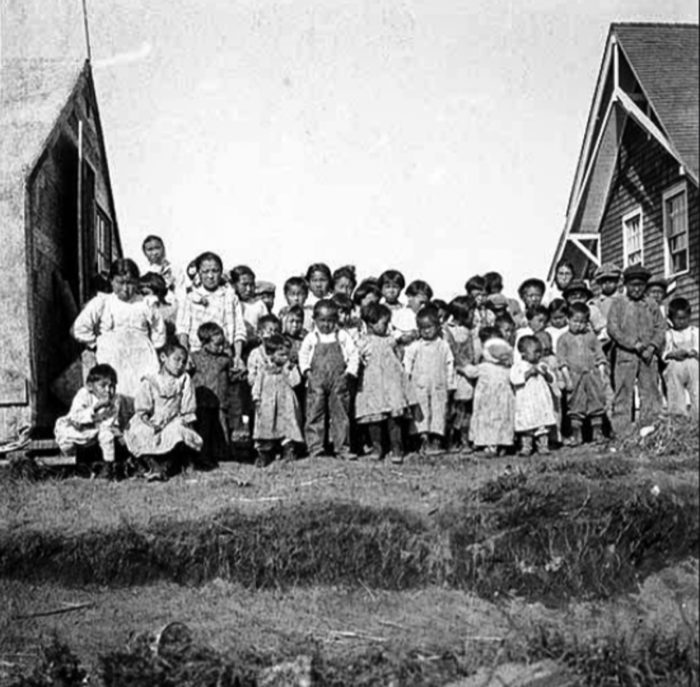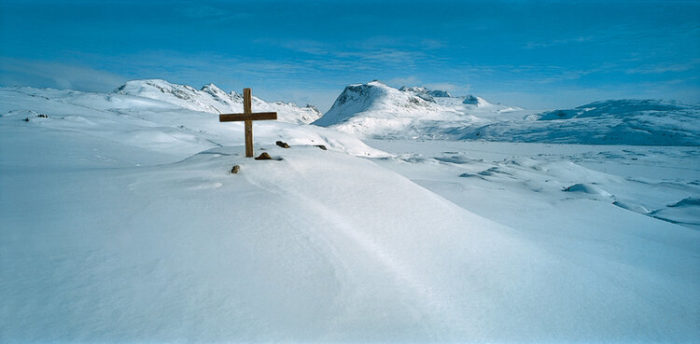As permafrost grows in the Arctic, so does the threat to health of both people and animals. Permafrost decay can release long hidden bacteria and viruses. An example of a potential threat in Russia is anthrax, a highly toxic bacteria endemic to the country and which thrives among its domesticated and wild ungulate populations, namely reindeer, when they go unvaccinated. Another example of a potential threat is the fact that in permafrost terrain of Svalbard lie the remains of miners who died of Smallpox, often named the world’s most feared contagious disease. Smallpox was declared eradicated in 1979 and so far permafrost thaw has not released the virus to the world again. But the threat exists.
Another result of the loss of this frozen Arctic ground is that of important information regarding past epidemics that could help us fight the present one, as well as future pandemics.
A better grasp of historic flu pandemics can help researchers come to grips with ongoing ones like coronavirus and those in the future that humanity will undoubtedly face again. Climate change mitigation – particularly keeping permafrost frozen – therefore doesn’t just promise benefits for the environment. Preserving ice can directly aid epidemiology and public health, too.

Despite small populations, vast distances and little traffic of outsiders passing through, the Arctic has had its devastating share of COVID-19. A part of the planet where a dire state of healthcare is found in many places. And there are grave concerns on future developments. Past history of e.g. tuberculosis being brought to Alaska by miners and trappers in the 1700s, the Spanish flu wiping out small Arctic communities and orphaning hundreds of indigenous children one century ago, show the devastating effects that respiratory diseases have had on the Arctic and particularly the Native and Indigenous communities.
Read more in Mia Bennett’s article in JONAA: What the Arctic reveals About Coronavirus.
Photograph: JONAA©Kristjan Fridriksson
Archived picture: Alaska’s Digital Archives

